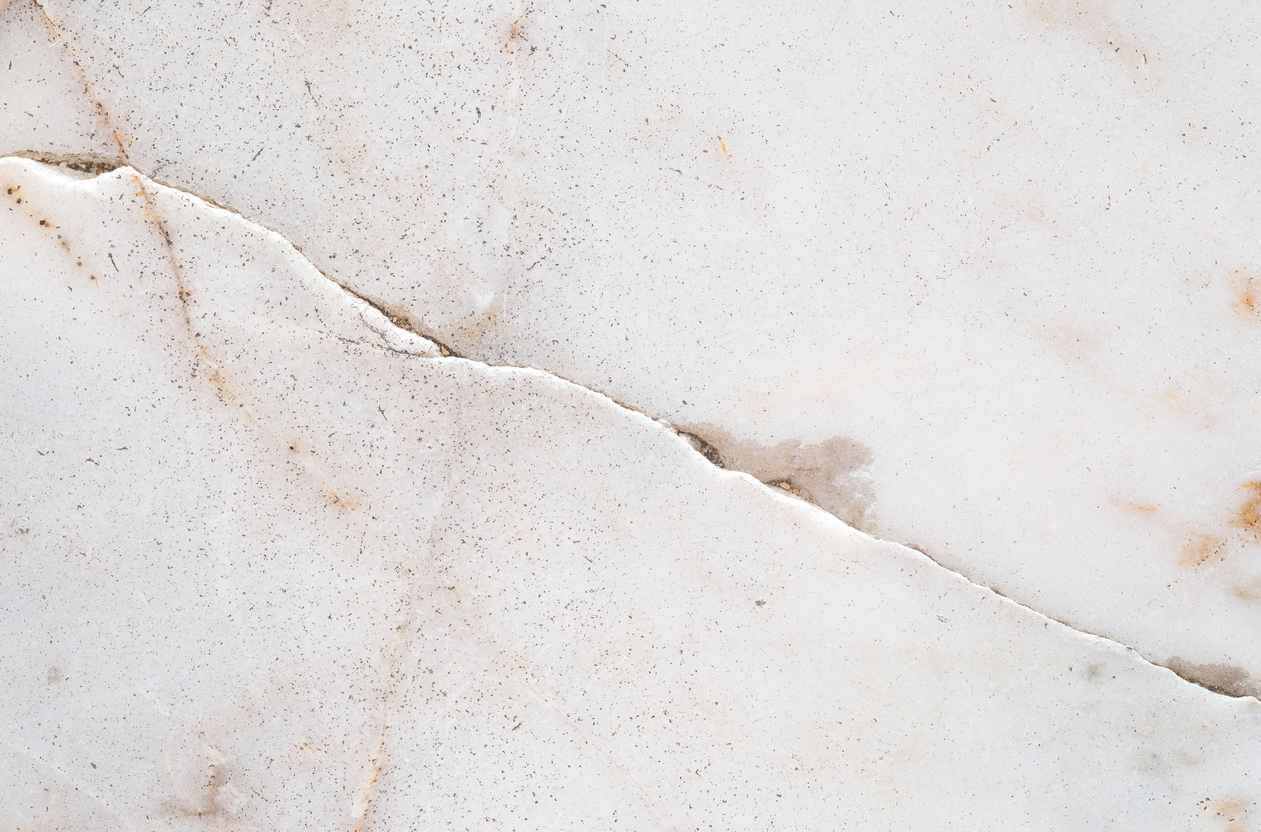520-216-7533
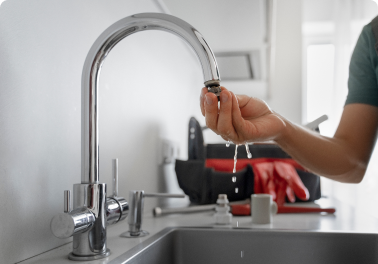
When DIY plumbing goes really wrong
August 20, 2020
DIY plumbing gone wrong…
Draining your water heater: The water heater does not require the water to be “drained”, but simply to flush the sediments from within the tank to help avoid accumulation. Rather than trying to “drain” the water heater tank of its water, it can be better to attach a hose to the drain valve/hose bib and run this hose to a safe place. (Remember that the water will be scalding hot!).
Then by running water and “flushing” the water heater for several minutes, the water will start to cool down and become “warm water”. This is enough time to flush out a good volume of the stored water and get rid of the sediment build-up.
Remember to evaluate the condition of your drain valve/hose bib PRIOR to operating the drain valve, as older water heaters may have a type of valve which requires exercising. You may otherwise find yourself making a mistake requiring a plumber to replace the drain valve to repair the unforeseen leak… You may be just better off hiring a good plumber who knows what to do, how to do it, and why.
Purchasing materials from your local hardware store: Plumbing materials are usually pretty expensive and oftentimes, “generic” brands manufacture items to accommodate a variety of wallets. DIY plumbers can find themselves with the “correct” item in size, length and description, but still be unable to identify whether these items/parts are of good enough quality to actually resolve their issue in a permanent way.
The quality and life span of generic items will vary. Lower quality parts and equipment can prove to be devastating in case of failure, depending on how crucial their role in a system, and where they are located in your home. They could cause significant water damage, for instance, and require very expensive restoration works. A good plumber will use quality hardware from a specialized supplier (not a bix box store), and their choice will go to hardware made by reputable manufacturers standing behind their products with guarantees and warranties.
Replacing plumbing fixtures: YouTube and its DIY plumbing videos are fantastic sources of information for homeowners. Not all videos are created equal however, and the people shooting these videos, whether they are professional tradesmen or not, don’t necessarily give all the background information you need. They also don’t go into the nitty-gritty of the hardware and tools they use to repair installations. Sometimes, they forget to give all steps in a sequence just because they are so used to doing this themselves that it “obvious one has to do this in order to do that”.
It is one thing to understand how to remove, then re-install and secure a faucet to a sink or a countertop, but you could for instance make the mistake of assuming your water shut-off valve (also called an angle stop) is in good working condition when it’s not… or assuming your flexible supply lines can be re-used when they can’t. In which case you may wind up with a leaky sink and damage your cabinetry. A good plumber will be aware of the potential issues, and be prepared to replace these items to ensure a successful faucet replacement.
Bottom line: Before you go into DIY plumbing mode, think about the ins and outs of the repair. Sometimes, it’s just better to call a pro, let them do their thing, and go fishing meanwhile.
Recent News
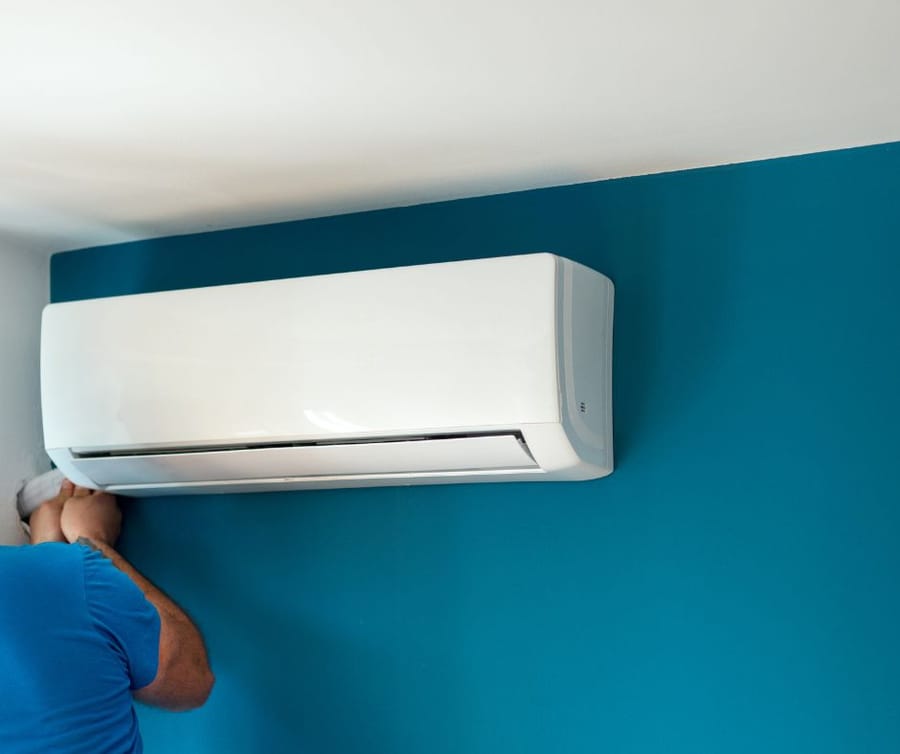
Why Is My Air Conditioner Blowing Warm Air? Common HVAC Issues in Tucson
July 17, 2025
Why Is My Air Conditioner Blowing Warm Air? Common HVAC Issues in Tucson
July 17, 2025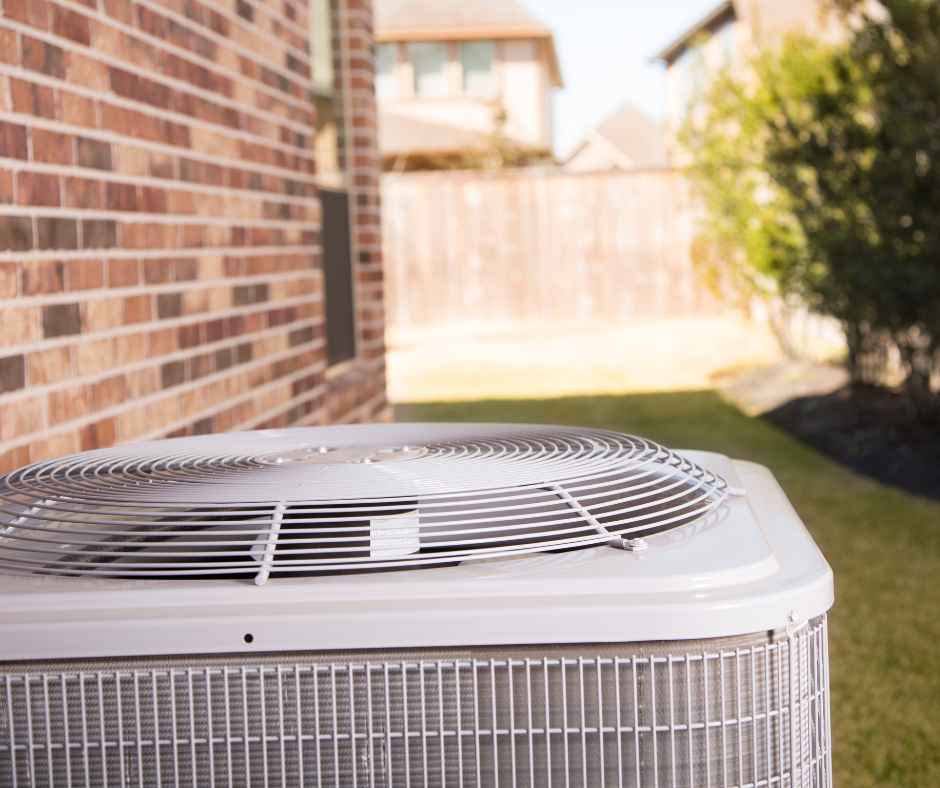
Why Is My Air Conditioner Not Working?
June 20, 2025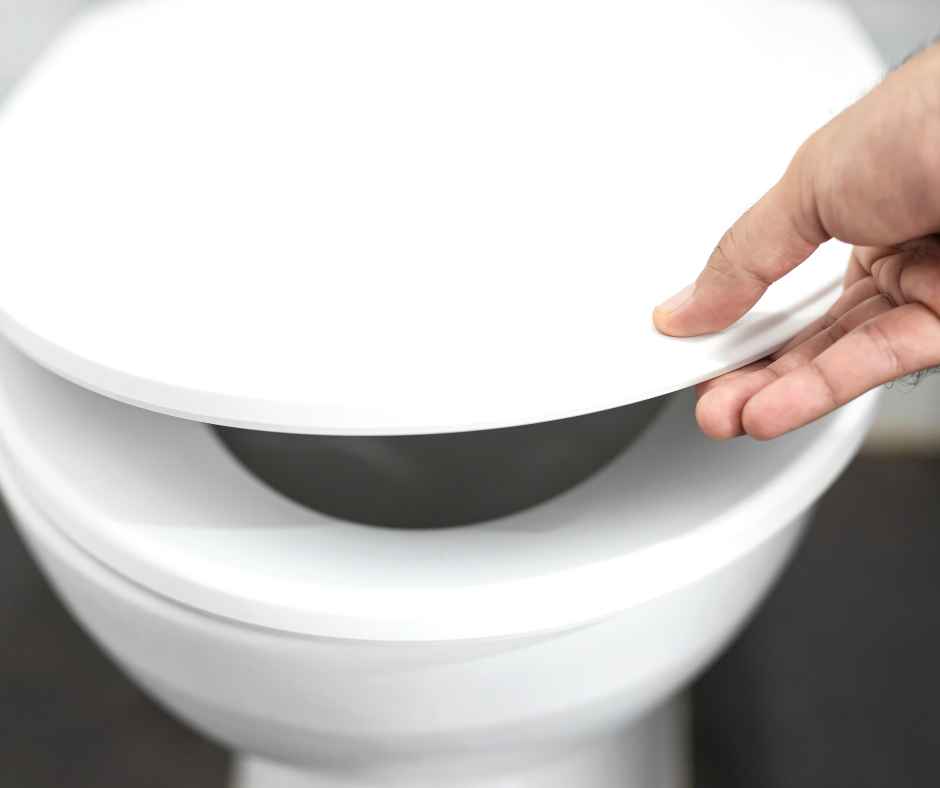
Why Is My Toilet Running?
May 16, 2025
How to Get Rid of Drain Flies
April 17, 2025
How to Fix a Leaky Faucet
March 6, 2025